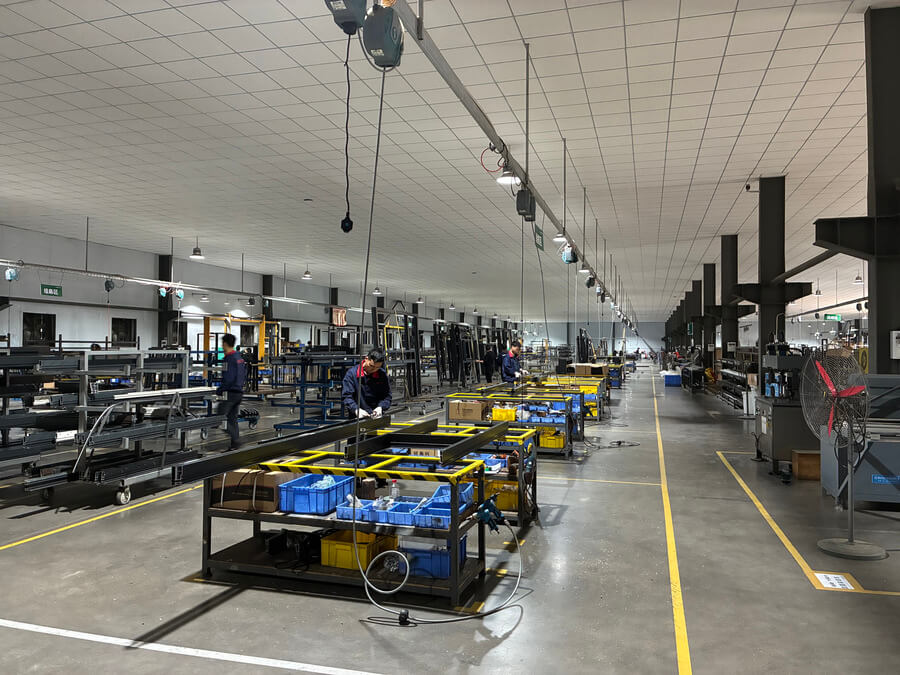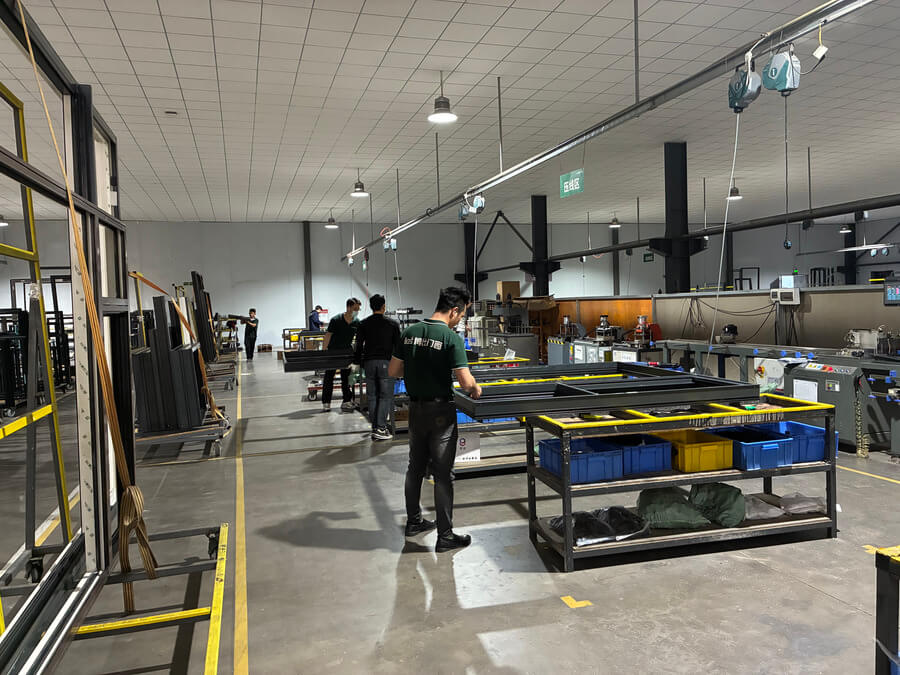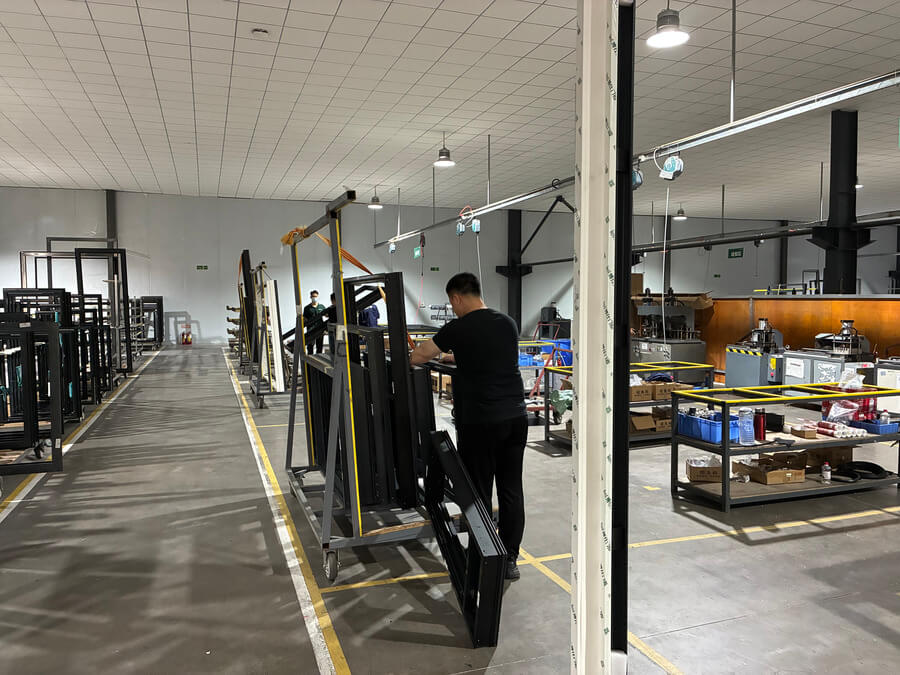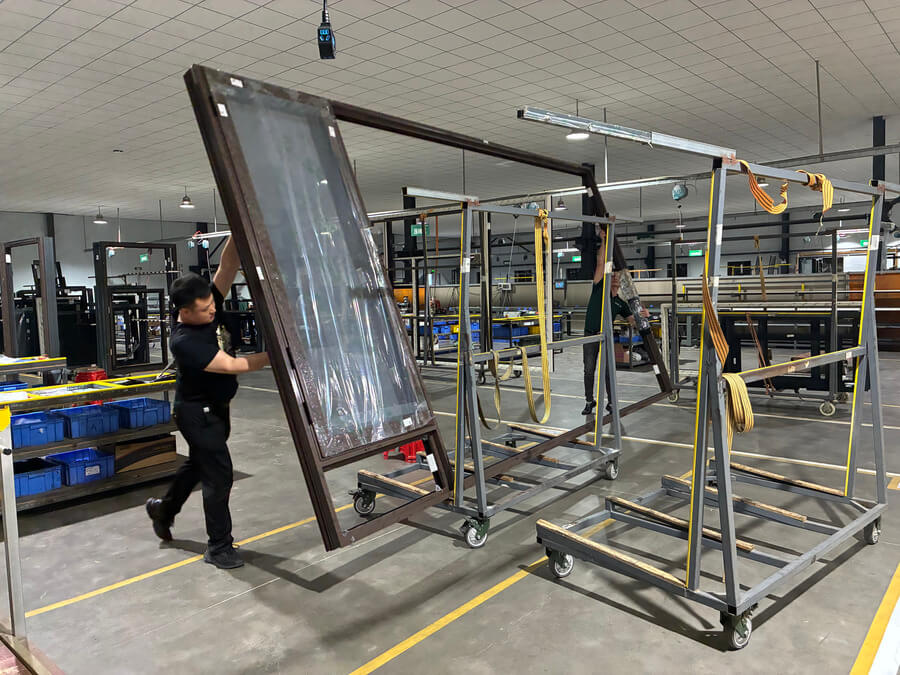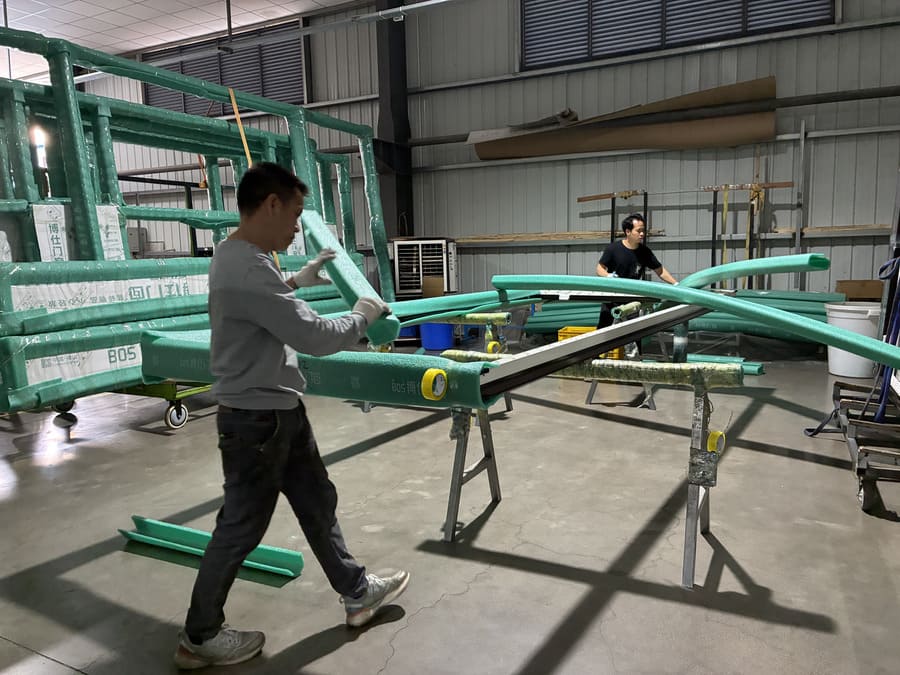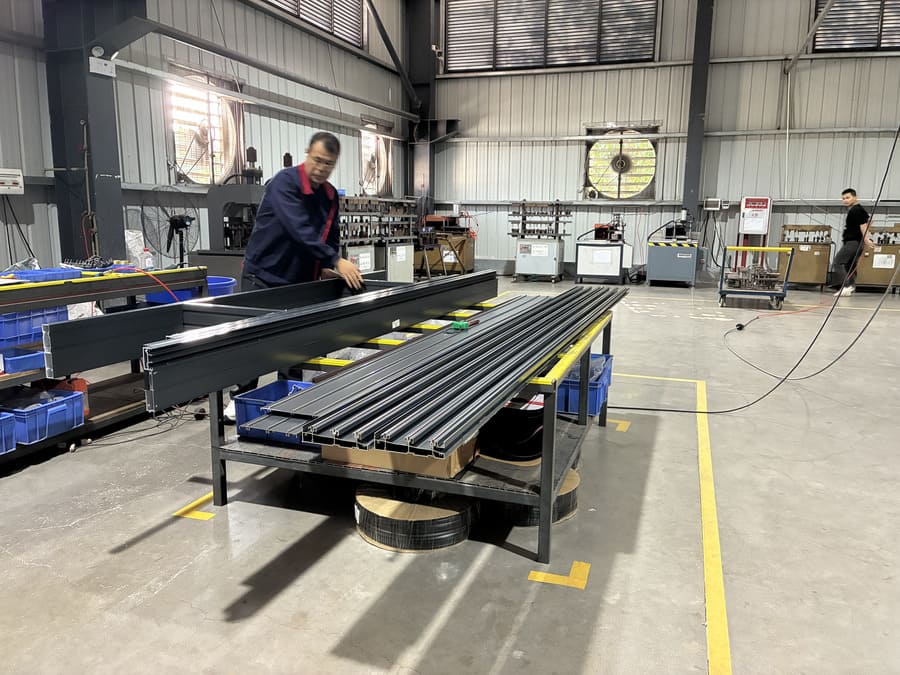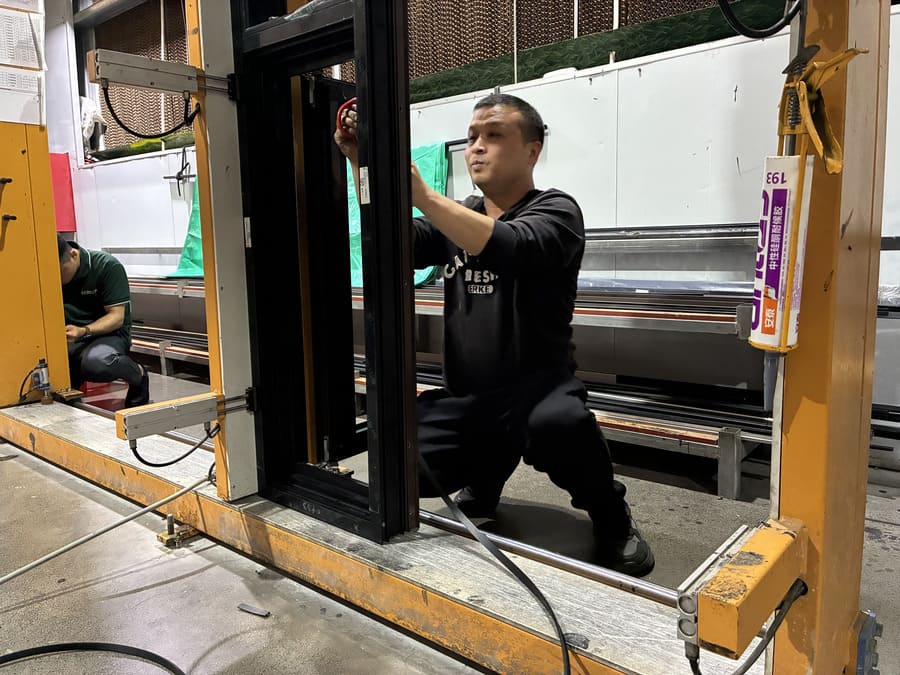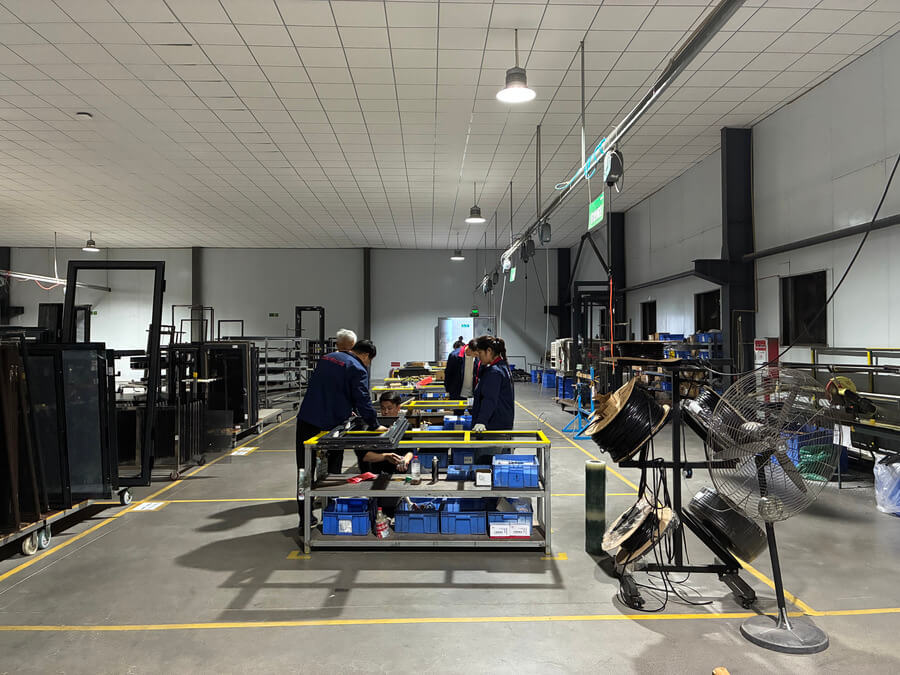什么是拱肩玻璃?

裙楼玻璃是一种特殊的不透明玻璃板,用于遮盖建筑物现有结构元素,例如机械设备、管道、暖通空调系统以及位于楼层、天花板和剪力墙之间的电线。视景玻璃是透明或略带色彩的,而裙楼玻璃则是完全不透明或有色的建筑玻璃,无法透过。因此,它常用于幕墙系统,以遮盖建筑物中不需展示的部分或内容。
窗间玻璃坚固耐用,外观均匀,光滑精致,最适合现代建筑设计。 窗户制造商 通常依靠涂层来使拱肩玻璃变得不透明。
此外,制造商会通过热处理来定制外墙玻璃的颜色,以达到装饰效果、形成对比,或使窗间玻璃板与窗墙相协调。然而,安装窗间玻璃时,应避免人造光或自然光照射到另一侧隐藏的物品。
拱肩玻璃的类型
裙楼玻璃是一种美观的建筑元素,可与各种设计兼容。裙楼玻璃有多种类型。然而,建筑设计、当地建筑规范、美观要求以及热性能要求等因素决定了裙楼玻璃的选择。建筑中常用的类型包括:
背漆拱肩玻璃

这是最流行的窗间玻璃,在玻璃板背面涂上一层特殊的油漆或搪瓷层,使其不透明。外层保持光滑亮泽,涂漆面则保留在内侧。这种窗间玻璃有多种颜色可供选择,以满足建筑的审美需求,并提供一致且耐用的表面处理。
陶瓷熔块拱肩玻璃
它是一种由玻璃颗粒制成的烧结涂层,通过高温烧结工艺熔合到玻璃表面,以提高耐用性。制造商使用这种烧结涂层在玻璃表面添加部分图案或纹理,并使其持久耐用。您还可以自定义颜色、图案和不透明度,以满足您的设计需求。
整体式窗肩玻璃
顾名思义,这是一种单层玻璃,通常经过完全钢化或热处理,以增强其安全性和不透明度。许多制造商通常会使用不透明涂层来遮挡光线,并使窗间墙与其他玻璃板在视觉上协调一致,以避免面板不匹配。
绝缘拱肩玻璃
这种拱肩玻璃由两块或多块玻璃板通过隔条连接而成。制造商会在玻璃内表面涂覆一层不透明材料,例如金属涂层或陶瓷熔块,以达到所需的不透明度。其增强的隔热性能使其能够减少热量损失,并保持舒适的室内温度,从而提高能源效率。
阴影盒拱肩
这种拱肩玻璃采用透明或略带色彩的玻璃,并在其后方设置隔热空腔或不透明面板,并使用彩色背板或箔背隔热材料等材料。现有的缝隙形成了深度和视觉趣味,从而在反射率和颜色方面具有更大的灵活性。
然而,重要的是阴影盒必须经过精心设计并具有足够的通风,以防止起雾和热量积聚等问题。
拱肩玻璃为何适合您的项目



以下是在建筑项目中使用窗间玻璃的一些好处:
整洁统一的外观
裙楼玻璃单元广泛应用于商业建筑项目,因为它们拥有丰富的颜色选择,是追求独特设计理念的设计师和建筑师的理想之选。裙楼玻璃的极简主义风格使其能够打造出视觉上协调一致、功能强大的全玻璃幕墙,并可通过与视觉玻璃的正确安装来调节透明度。
遮盖不美观的建筑元素
通常,机械设备、存储单元或楼板位于不透明或有色玻璃表面的后面。拱肩区域充当视觉屏障,隐藏这些建筑系统和空间,防止任何影响外部设计的因素。更重要的是,它通过在存储空间中提供更多隐私,增强了建筑的整体美感。 浴室或会议室,同时让自然光透进来。
隔热和最佳能源性能
拱肩玻璃不仅能提升建筑外观,还能提高能源效率。它有助于最大限度地减少对制冷系统和人造光的依赖,从而降低能源成本。镀膜或有色拱肩玻璃还能减少眩光,并减少进入建筑的太阳热量。因此,它能将您的建筑打造为更舒适的环境。
房屋建筑商和承包商在幕墙系统中使用带有背板、中空玻璃单元 (IGU) 或隔热层的窗间玻璃板,以最大限度地减少热量损失并提高整体热阻值 (R)。窗间玻璃还有助于减少热桥效应,尤其是在钢柱或楼板线周围。因此,玻璃窗间玻璃板如今已成为几乎所有商业建筑的必备结构构件。
消防安全与法规合规性
一般来说,大多数建筑规范都要求在拱肩区域附近使用不燃材料和组件。因此,使用防火组件(包括隔热材料、钢板或经过测试的不燃材料)即可满足建筑法规的要求。这些组件不仅能提供额外的保护,而且不会损害建筑的外观。
为什么要对窗间玻璃进行钢化处理?

在某种程度上,在非视线区域使用钢化窗间玻璃至关重要。每块窗间玻璃面板都经过热处理,使其经久耐用,并能正常使用。钢化处理使其具有卓越的抗冲击性能,非常适合遮盖建筑物楼板末端和通风口。您可以选择几乎任何最符合您预算和建筑美观需求的玻璃。
主要收获
拱肩玻璃是一种广受欢迎且实用的建筑元素,在提升建筑项目设计的美感与和谐感方面发挥着不可或缺的作用。它能够与视觉玻璃融合,提供无限的设计方案,从而实现独特的设计效果,满足您建筑项目的需求。如果您需要专业的帮助,选择合适的拱肩玻璃,使其与建筑风格相得益彰,并在视觉上与视觉玻璃相得益彰,那就考虑博斯温多吧!

博斯温铎 是一家值得信赖的顶级门窗制造商,专注于生产高品质的高档窗间墙中空玻璃单元。我们的产品组合涵盖多种镀膜和不透明彩色产品,提供丰富的解决方案,助您打造完美外观,满足您的需求和建筑风格。
我们首屈一指的技术专家团队对拱肩玻璃对您的项目的吸引力有着深入的了解,并可以提供专家建议。 立即联系我们!
常见问题
制造商如何制造拱肩玻璃?
制作拱肩玻璃需要几个步骤。制造商会在玻璃板内表面涂抹一层遮光剂(通常由硅胶制成),以防止视觉穿透。因此,您可以将各种玻璃板转换成拱肩玻璃单元。钢化玻璃、透明玻璃、有色玻璃和低铁玻璃是一些常见的拱肩玻璃选择。玻璃通常经过热强化处理,以提高其耐用性以及对风荷载和热应力的抵抗力。
窗间玻璃可以在视觉区域发挥作用吗?
不,窗间玻璃不适用于视野区域。它的不透明性使其能够隐藏结构元素,提供更多私密性,并使外墙更加优雅。窗间玻璃的功能与视野区域的需求相矛盾,因为人们应该透过视野区域看到外面的景象。







